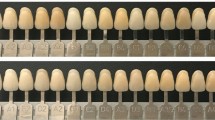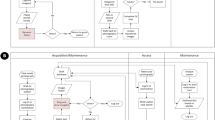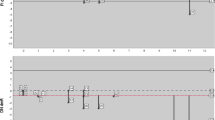Key Points
-
Editing an image causes deterioration in quality, is complicated, time consuming, onerous and frustrating.
-
Ethically acceptable alterations include correcting exposure, orientation, laterally inverting and cropping an image.
-
The most popular file formats to consider are RAW data, TIFF and JPEG.
-
The most expedient and eco-friendly transfer of images is via the Internet.
Abstract
Having successfully taken a digital image, the next step is deciding what to do with it. Should it be cropped, correctly orientated, manipulated, compressed, scaled, sharpened, archived (and if so, which file format is the most suitable), or even discarded? The premise of this part of our series is to answer these and other questions related to post-production of a digital image.
Similar content being viewed by others
Log in or create a free account to read this content
Gain free access to this article, as well as selected content from this journal and more on nature.com
or
References
Ahmed I. Digital dental photography. Part 6: Camera settings. Br Dent J 2009; 207: 63–69.
Author information
Authors and Affiliations
Corresponding author
Rights and permissions
About this article
Cite this article
Ahmad, I. Digital dental photography. Part 9: post-image capture processing. Br Dent J 207, 203–209 (2009). https://doi.org/10.1038/sj.bdj.2009.763
Accepted:
Published:
Issue date:
DOI: https://doi.org/10.1038/sj.bdj.2009.763
This article is cited by
-
Colour fidelity: the camera never lies - or does it?
British Dental Journal (2020)



